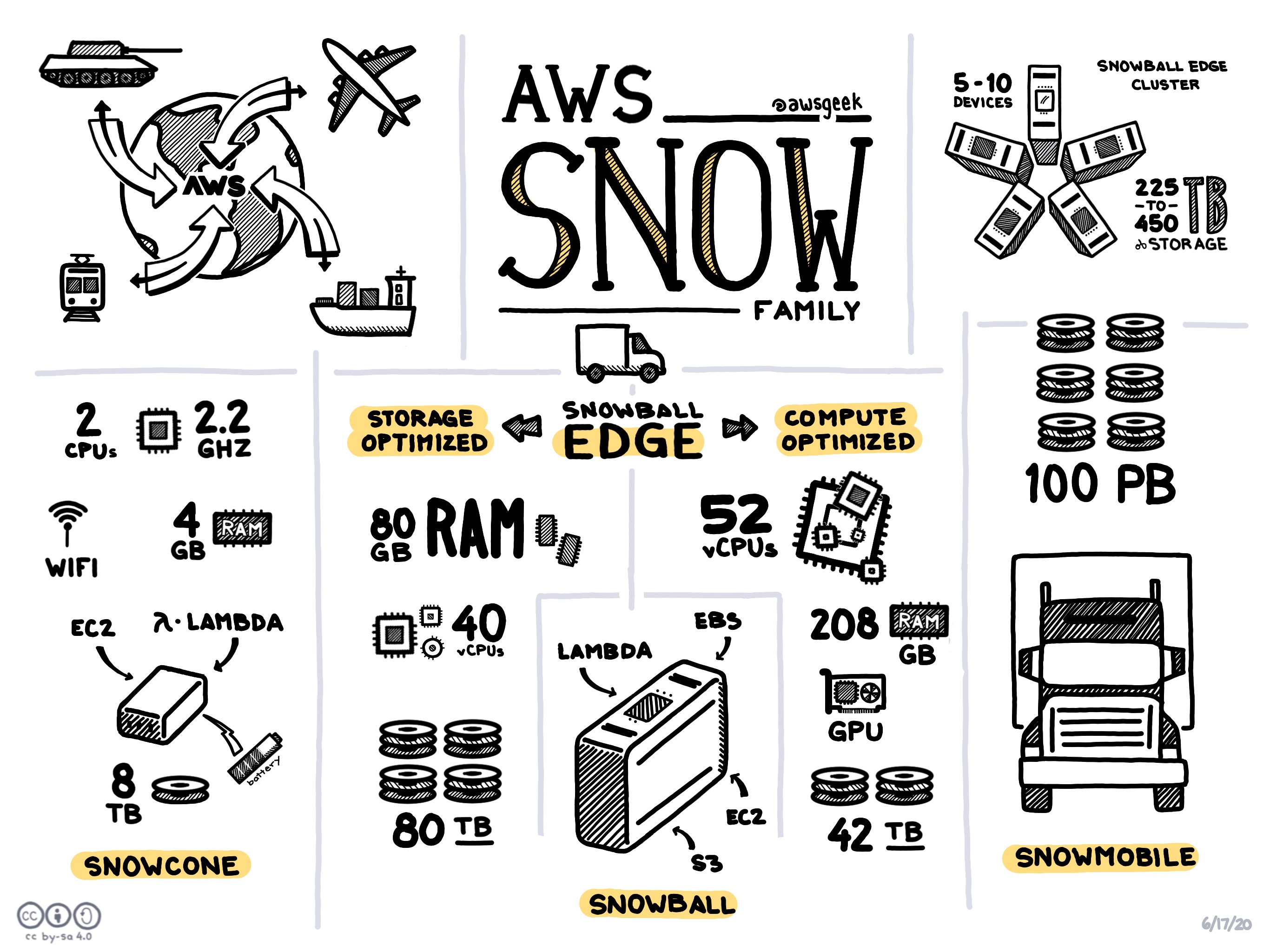
AWS Snow Family is a collection of physical devices designed to physically move large volumes of data in and out of Amazon Web Services (AWS). These devices are essential for organizations that need to migrate data securely and efficiently, especially when bandwidth is limited or network connectivity is unreliable. By using the Snow Family, developers and IT administrators can manage data transfer with unparalleled security and compliance, while also ensuring scalability and reliability.
Use Cases
AWS Snow Family is particularly beneficial in situations where large datasets need to be transferred quickly and securely. These scenarios include data center migrations, disaster recovery, and transportation of sensitive datasets like video content and genomic data for processing in the AWS cloud. For industries such as media and entertainment, healthcare, and financial services, this service is invaluable for handling big data analytics, machine learning, and archiving tasks, providing a robust solution to manage data transfer challenges without disrupting ongoing operations.
Pricing
The cost structure for AWS Snow Family devices is multifaceted, encompassing device usage fees, data transfer fees, and potential service fees for data import and export. AWS charges a daily rate for using the device, with additional costs based on the amount of data transferred. However, pricing can vary depending on the specific Snow device—Snowcone, Snowball, or Snowmobile. It's essential for users to evaluate the cost-effectiveness of each device based on their specific data transfer requirements.
Scalability
The AWS Snow Family offers a range of devices to cater to various data migration needs. Snowcone handles smaller data sets, ideal for edge computing scenarios, while Snowball provides a mid-range option for terabyte-scale transfers with its Edge and Storage Optimized variants. For petabyte-scale data transfers, Snowmobile presents a highly scalable solution, effectively enabling organizations to migrate data centers efficiently. This tiered offering ensures that businesses can choose a device that aligns with their current and future data transfer needs.
Availability
AWS maintains a global presence with its Snow Family devices, ensuring availability across multiple regions. AWS has engineered these devices for durability, allowing them to operate under harsh environments and remote locations. By providing a robust logistical infrastructure, AWS ensures that the Snow Family can be deployed rapidly, meeting the urgent demands for data transfer globally. Moreover, AWS's commitment to availability guarantees that devices are maintained, shipped, and operational in a timely manner, adhering to stringent service standards.
Security
Security is a critical consideration for the AWS Snow Family. These devices feature built-in encryption to protect data both at rest and in transit. Data is encrypted with 256-bit encryption keys managed with AWS Key Management Service (KMS), ensuring that only authorized users have access. Tamper-proof enclosures and AWS Identity and Access Management (IAM) further bolster device security. In addition, all data transfers are logged and monitored, providing comprehensive audit trails to ensure compliance with industry standards.
Competition
Several cloud providers offer services similar to the AWS Snow Family. Microsoft Azure provides Azure Data Box, a service for offline data transfer to Azure. It offers multiple options like Data Box Disk, Data Box, and Data Box Heavy, each tailored for different scales of data transfer, and can be found at Azure Data Box. Google Cloud's Transfer Appliance serves a similar purpose, allowing users to physically ship data to Google Cloud, with details available at Google Transfer Appliance. Alibaba Cloud offers Data Transport, a service that ensures secure and efficient data transfer to its cloud ecosystem, details at Alibaba Cloud Data Transport.
By understanding the capabilities and offerings of AWS Snow Family alongside its competitive landscape, organizations can make informed decisions about the most suitable solution for their data transfer needs.
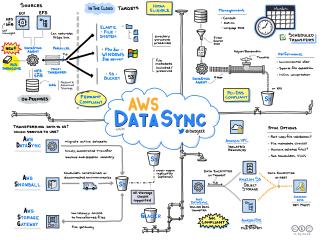 AWS DataSync
AWS DataSync
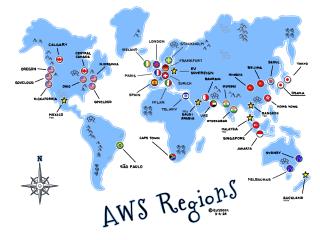 AWS Regions
AWS Regions
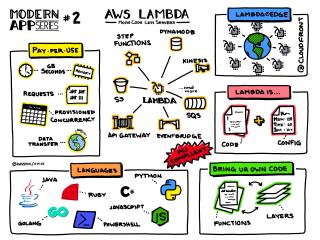 AWS Lambda
AWS Lambda
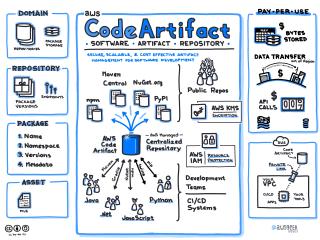 AWS CodeArtifact
AWS CodeArtifact